Western Bulk Herbs – Catnip Leaf
Catnip was traditionally used for colds and flus. Catnip has also been used as a sedative to help with insomnia, producing similar effects as Valerian. Very useful in colds as it produces sweating, as in “sweating out a cold”. An herb to protect because cat’s do love it and will eat it.
This is the classic herb that drives cats wild. Put a little in their favorite toy to stimulate their interest in play time, add a little to their food to help them calm down and relax. Try silvervine if your cat does not respond to catnip, as this herb does not affect every cat equally.
Latin Name:
Nepeta cataria
Common Names:
Nepeta cataria, Catmint, Catnep, Catswort, Field Balm, and Menta De Gato. Catmint.
Parts Used:
Leaves and flowers
Properties:
Carminative, tonic, diaphoretic, refrigerant and slightly emmenagogue, especially antispasmodic, and mildly stimulating.
Traditional Uses:
Used as a tea for colds.
Culinary Uses:
Can be used in foods as it gives a minty flavor when added. It’s also good to make a tea.
Chemical Properties:
Nepetalactone, an essential oil.
Cautions:
Do not use Catnip if you are pregnant. Catnip may increase sleeping time when combined with other sedatives.
Folk Lore:
In magic lore, catnip is one of the herbs used in spells to summon spirits.
*Disclaimer: These statements have not been evaluated by the Food and Drug Administration. This product is not intended to diagnose, treat, cure or prevent any disease.
Resources:
PDR for Herbal Medicines, 2000. Medical Economics Company, Montvale, New Jersey.
The New Holistic Herbal. David Hoffmann, 1990. Barnes and Noble Books, New York.
A Modern Herbal, Mrs. M. Grieve, (Dover Publications, New York, 1971)
Major Herbs of Ayurvedic.Compiled by Dahur Research Foundation and Dahur Ayurvet Limited, Ghaziabad, India., 2002. Churchill Livingstone, London, England.
Chinese Herbal Medicine: Materia Medica, Third Edition, Dan Bensky and Andrew Gamble, 1986. Eastland Press, Seattle, WA.

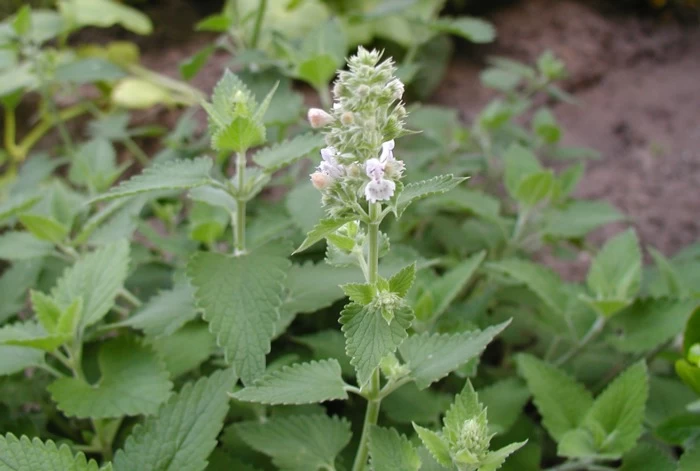
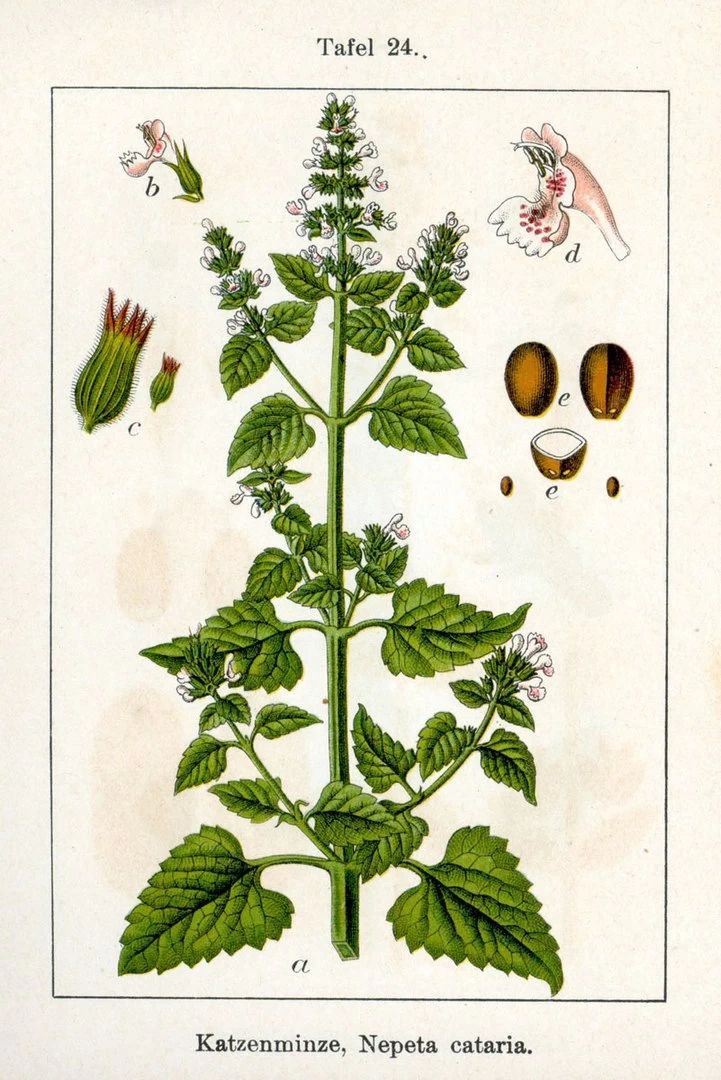
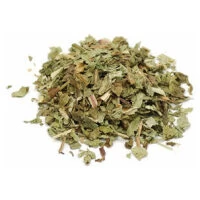
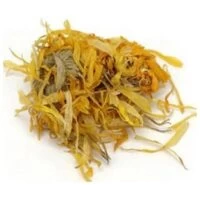
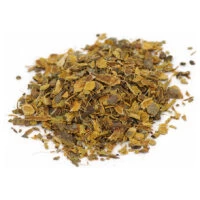
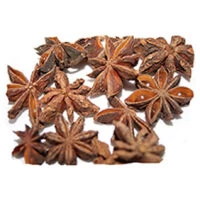

Reviews
There are no reviews yet.